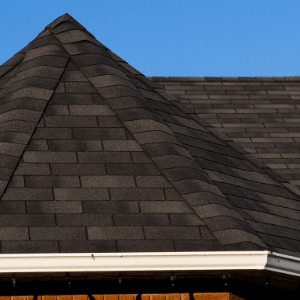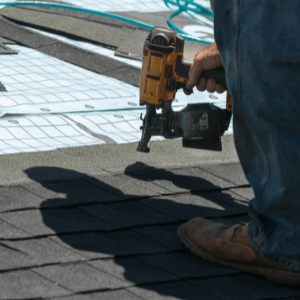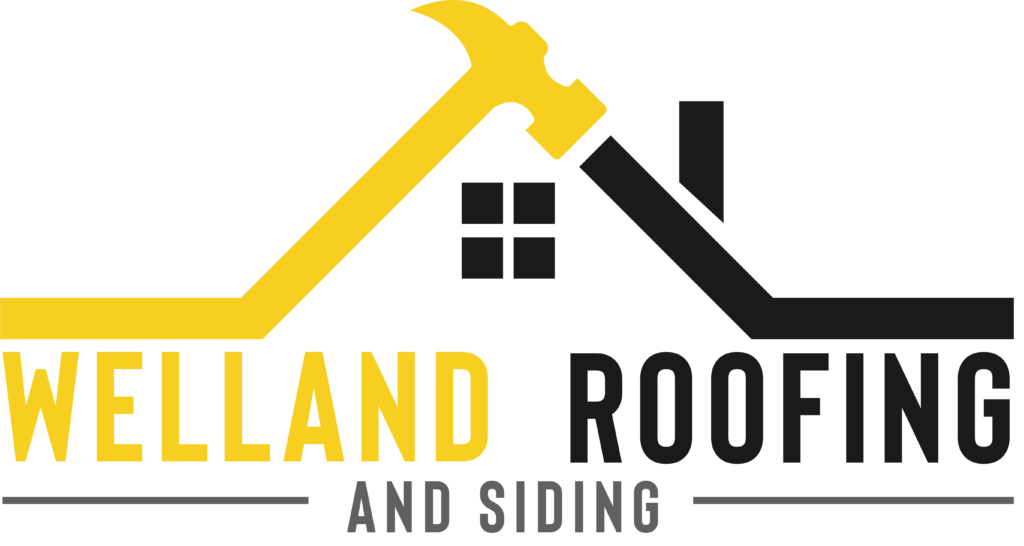When it comes to choosing between a high roof vs. a low roof house, there are several factors to consider. So, what is most important to you?
We've written this article to help you evaluate the pros and cons of each option, and to help you make an informed decision.

One benefit of a house with a high roof is that it can give the illusion of more space. High ceilings make a room feel larger and more open, while low ceilings can feel cramped and claustrophobic.
Additionally, high roofs, more than the moderate pitch of 6/12 — or 6 inches high for every 12 inches across — are great for energy efficiency. In the summer, the extra height helps to circulate air and keep the house cool, and in the winter, it traps heat near the ceiling where it’s needed most.
Lastly, high roofs can add resale value to a home. Buyers are often willing to pay more for a home with high ceilings because they know they won’t have to incur the cost of adding them later on.
For all these reasons, it’s clear that there are some definite advantages to having a high-roof house.

A low-roof house which means a pitch between 10° and 35° has certain advantages over a high-roof house. One advantage is that a low-roof house is cheaper to build. Also, a low-roof house takes less time to build than a high-roof house.
Another advantage of a low-roof house is that it is easier to heat and cool a low-roof house than a high-roof house.
Yet another advantage of a low-roof house is that it is easier to maintain a low-roof house than a high-roof house.
Finally, a low-roof house typically has a higher resale value than a high-roof house.
Thus, there are several advantages to owning a low-roof house vs. a high-roof house.
High roofs have been a popular architectural trend for centuries. They are often seen as a symbol of wealth and opulence, and they can make a house feel more spacious and open.
However, there are also some potential drawbacks to high-roof houses. One of the biggest concerns is safety. High roofs can make it difficult to evacuate a house in the event of a fire, and they also create an increased risk of injuries from falls.
In addition, high roofs can be disruptive to neighbours, as they can block out sunlight and cast shadows on nearby properties.
Finally, high roofs can be more expensive to construct and maintain, as they require special scaffolding or equipment for repairs.
There are a few things to consider before deciding on the perfect roof height for your home. A low roof may be more aesthetically pleasing, but there are a few potential drawbacks to keep in mind.
One downside is that a low roof can make your home feel smaller and more cramped. In addition, a low roof can make it difficult to install certain types of skylights or solar panels.
If you live in an area with significant snowfall, a low roof can also increase the risk of damage from heavy snow and ice build-up.
However, one advantage of a low roof is that it can help to keep heating and cooling costs down, as less air escapes through the roof.
When it comes to choosing a new home, there are many factors to consider. One important decision is whether to go with a high roof vs. a low roof house.
Each option has its own set of advantages and disadvantages, so it's important to weigh all the factors before making a decision.
One of the main advantages of a high roof is that it provides more headroom, making the home feel more spacious.
High roofs are also ideal for homes in sunny climates, as they help to keep the interior cool by trapping heat in the upper levels of the house.
On the downside, high roofs can be more expensive to construct and maintain, and they may not be as well-suited to colder climates where snow and ice can accumulate on the roof.
Low roofs, on the other hand, are less expensive to build and are better at shedding snow and ice. They also tend to provide better insulation, making them more energy-efficient.
However, low roofs can make rooms feel claustrophobic, and they may not provide as much protection from the sun in hot climates.
So, which is right for you? The answer depends on your budget, climate, and personal preferences. If you want a home that feels open and airy, a high roof may be the way to go.
But if you're looking for a more energy-efficient option, a low roof might be the better choice. Whichever you choose, make sure to weigh all the pros and cons before making a decision.
Ultimately, the decision comes down to personal preference and what is most important to the homeowner.
Do you want your home to look like it did when you first moved in? High-quality roofing and siding can help you achieve that goal and keep your property protected from the elements.
Here at Welland Roofing and Siding, we specialize in high-quality workmanship that will enhance the appearance of your home while providing long-lasting protection.
We offer a variety of roofing and siding options to choose from, so you can find the perfect style to suit your needs.
Contact us today to learn more about what we can do for you.
